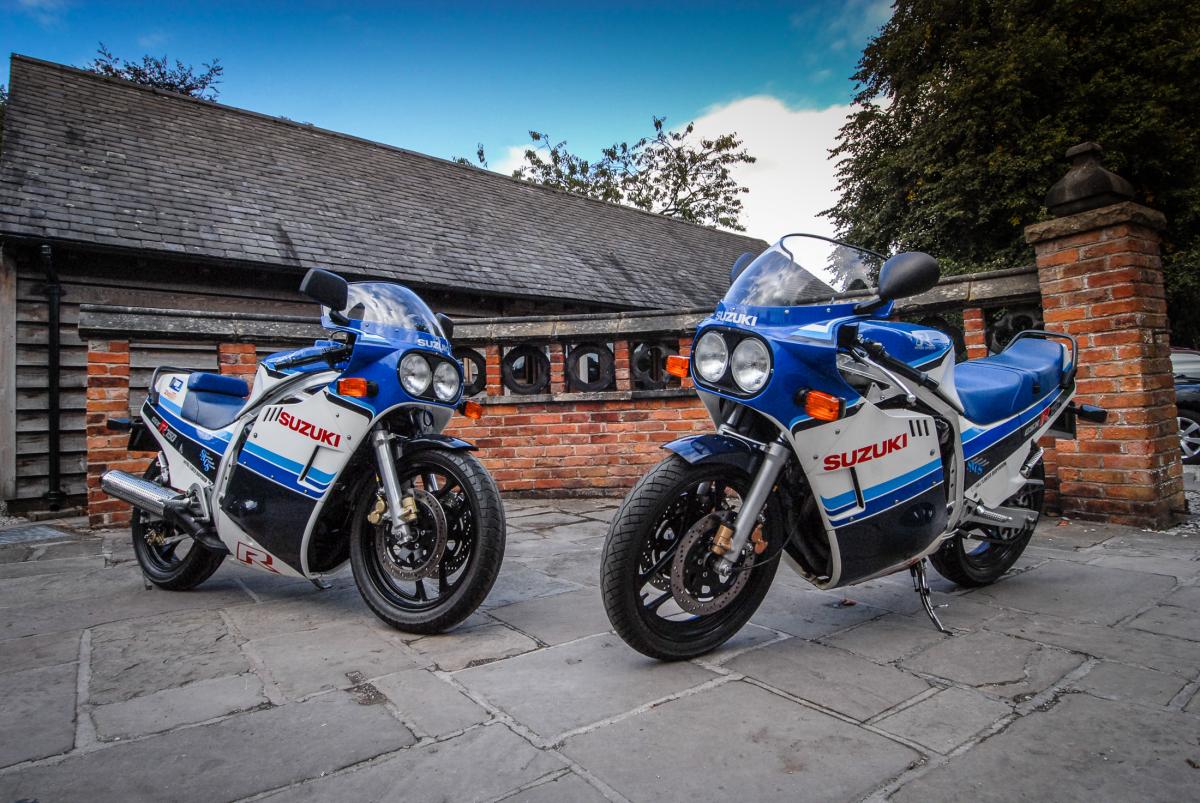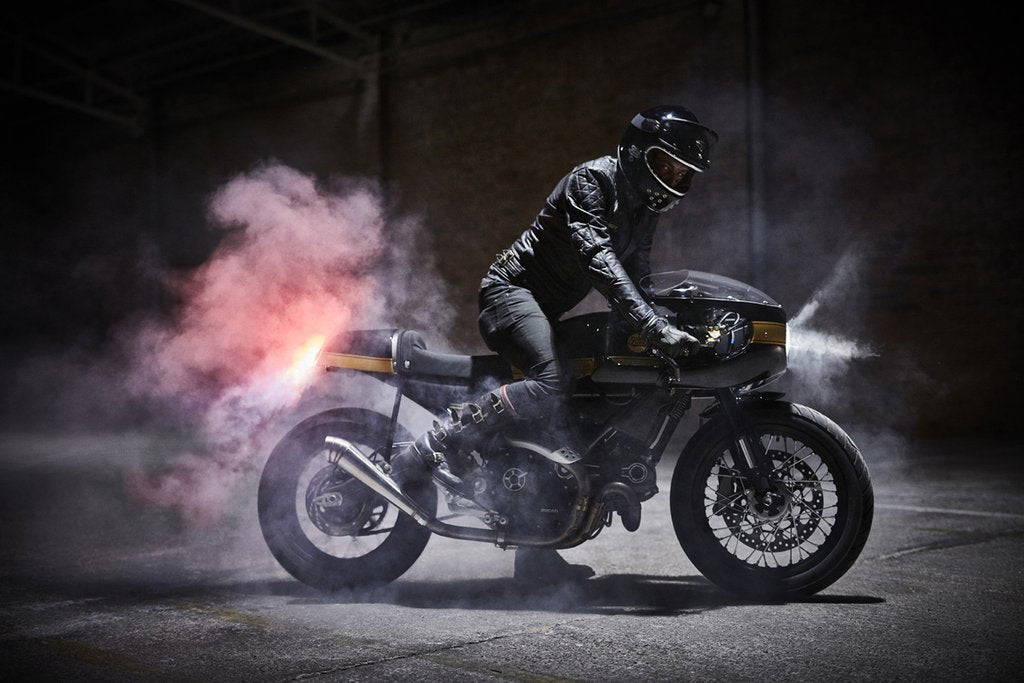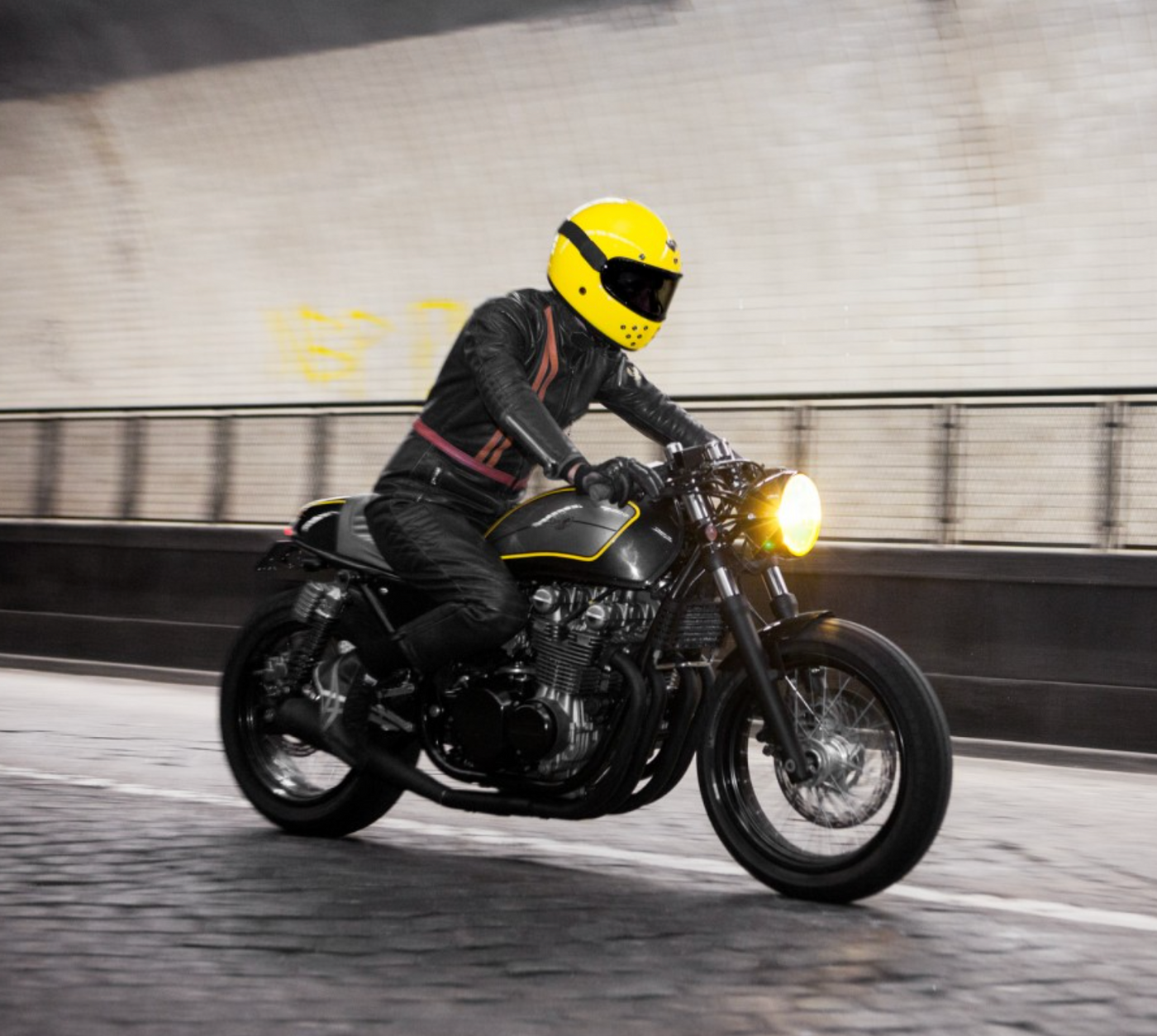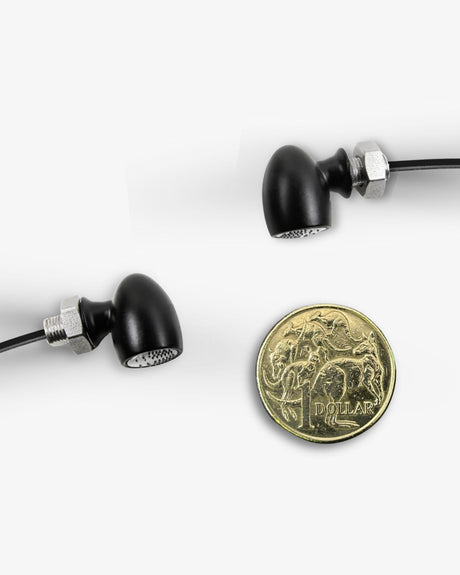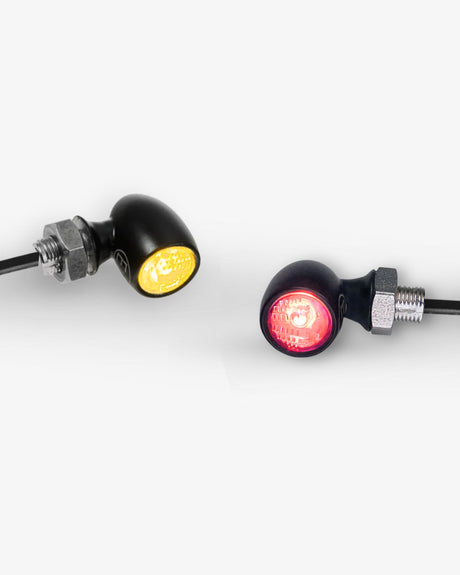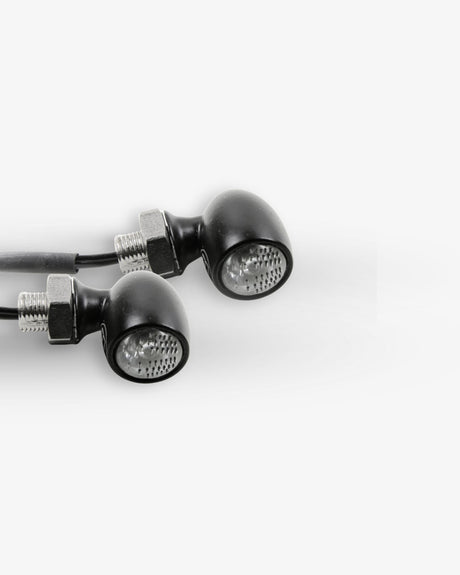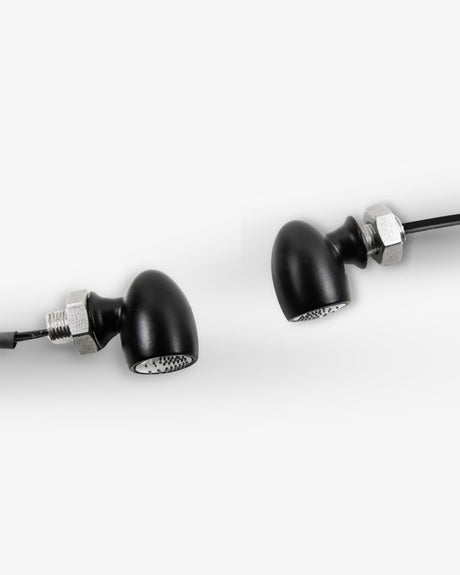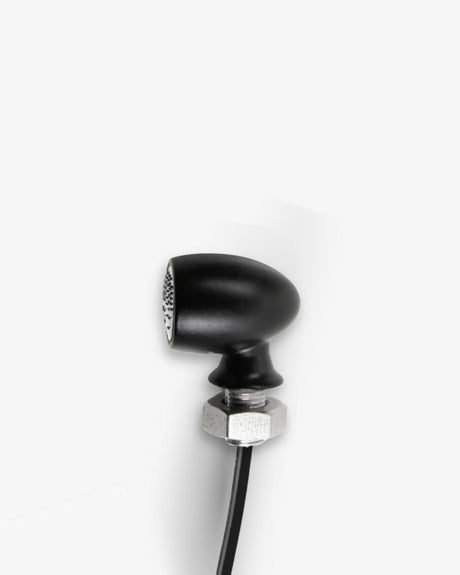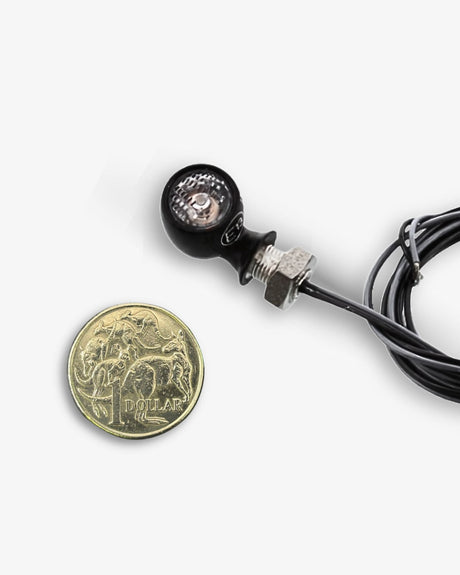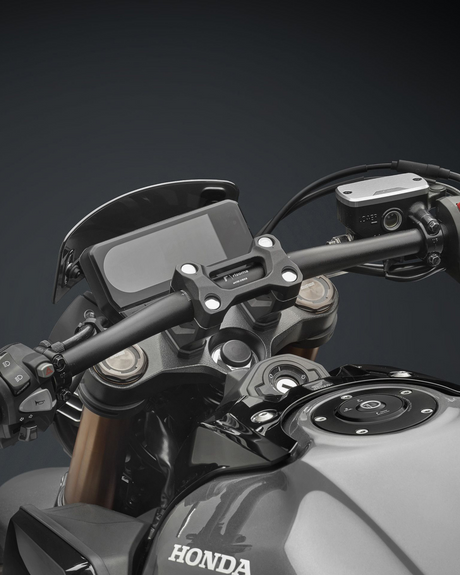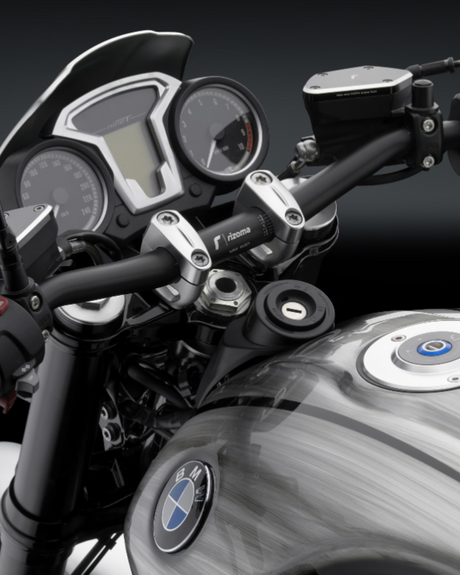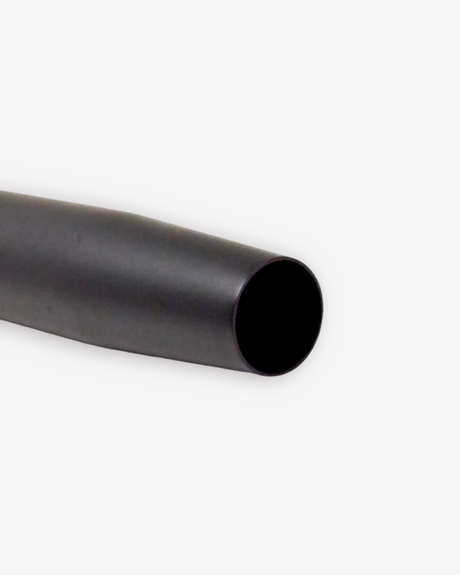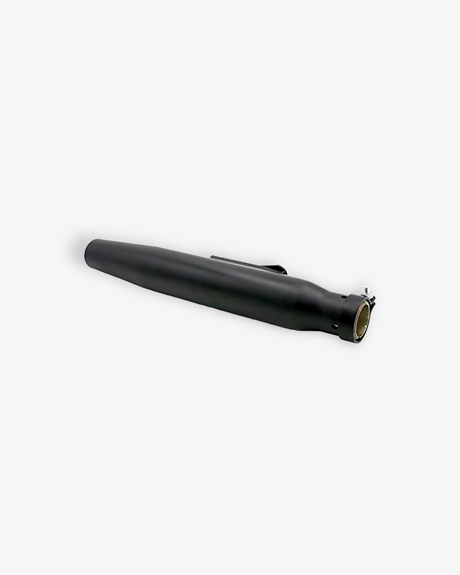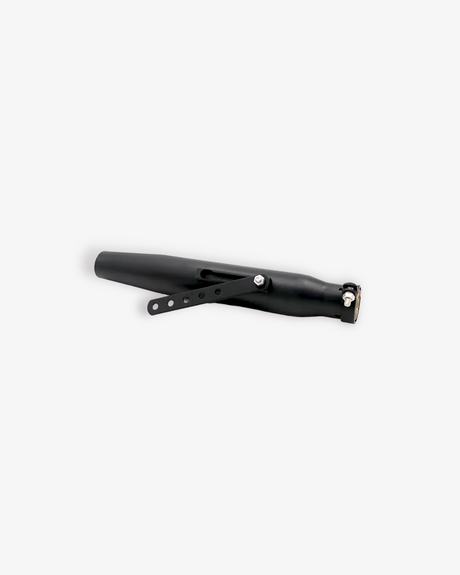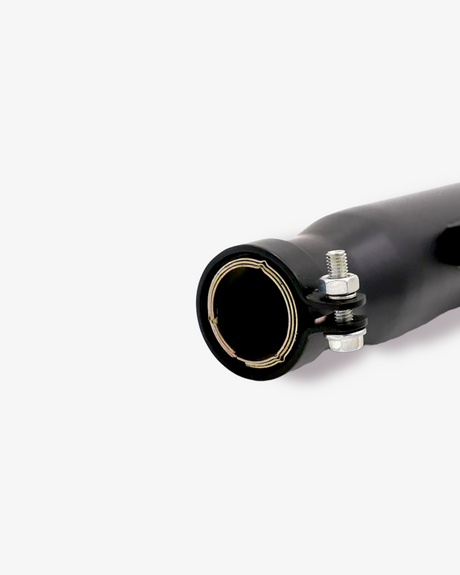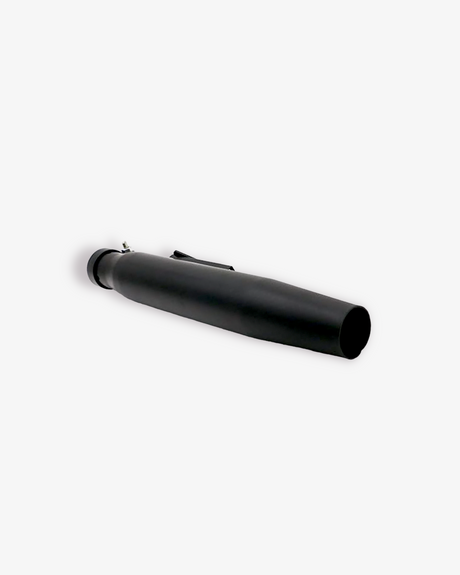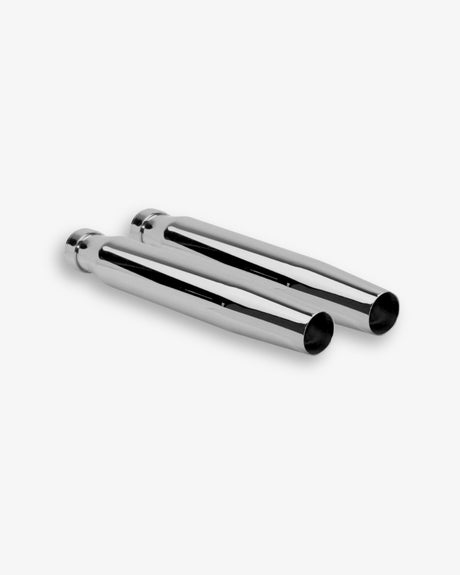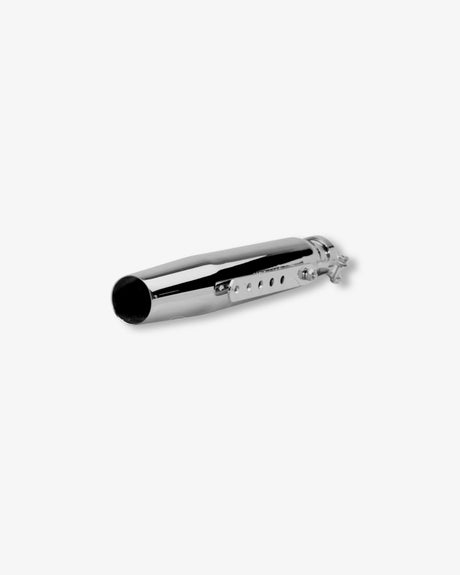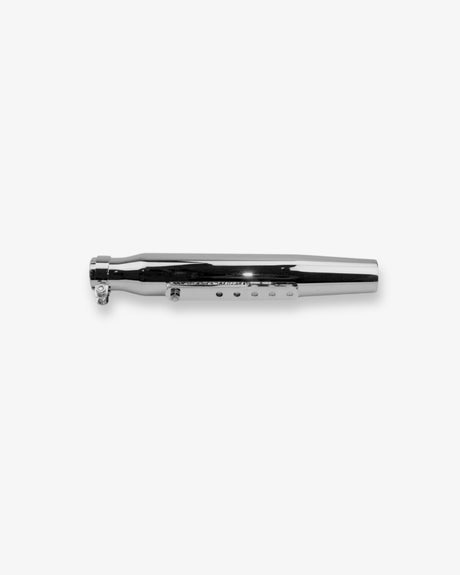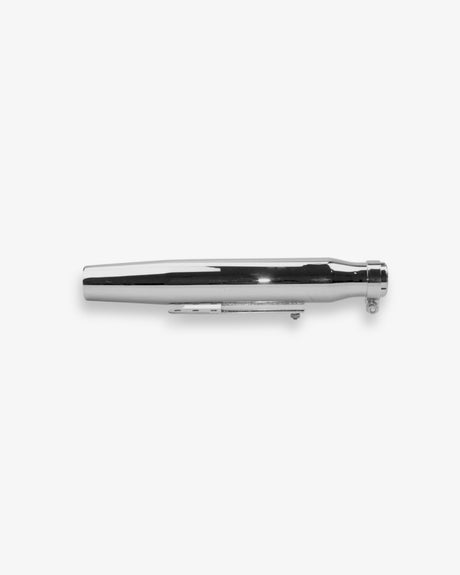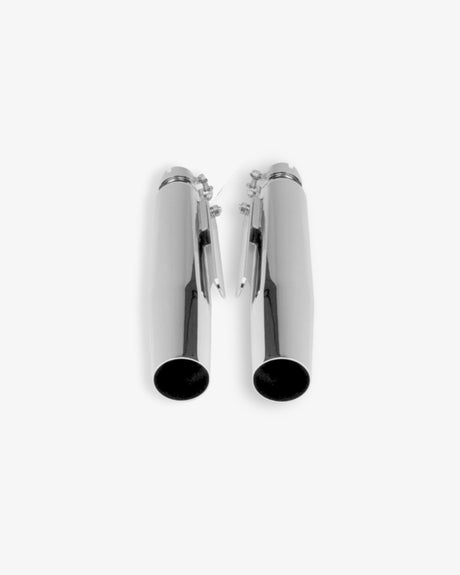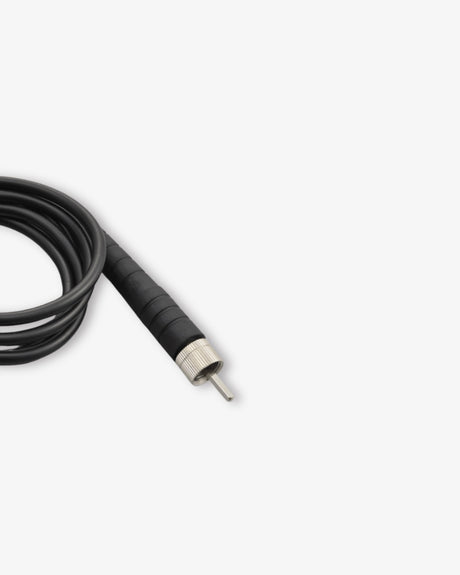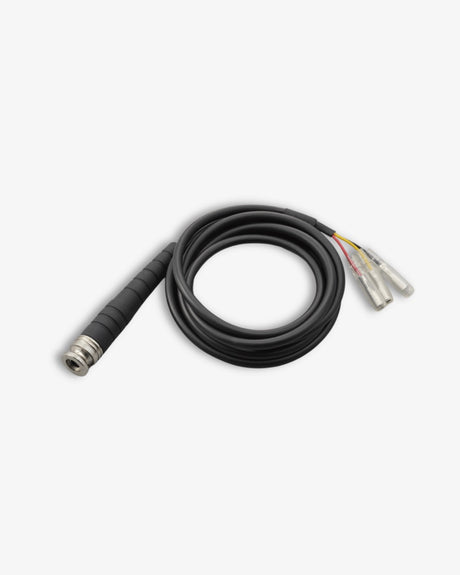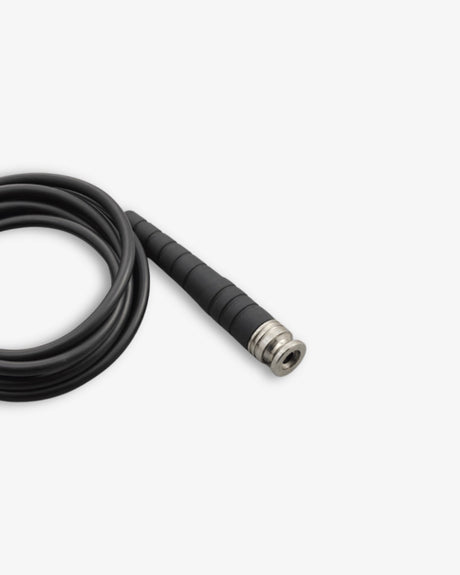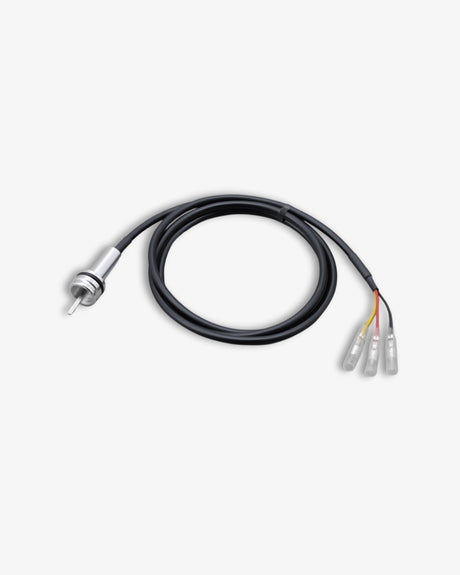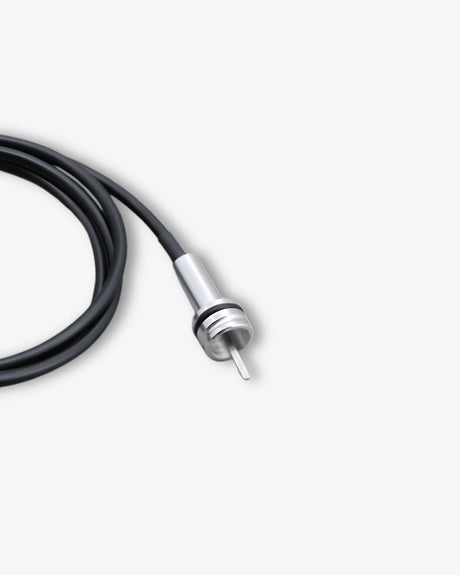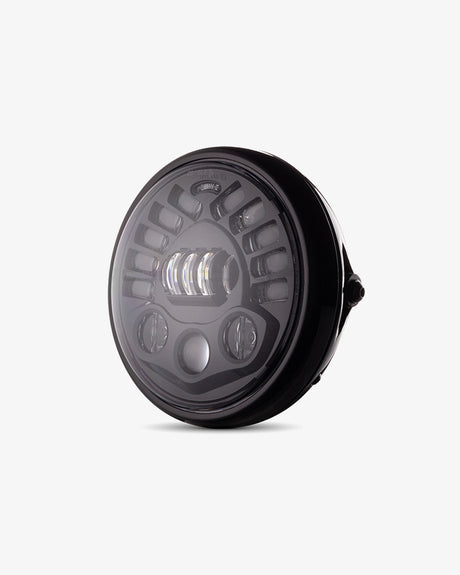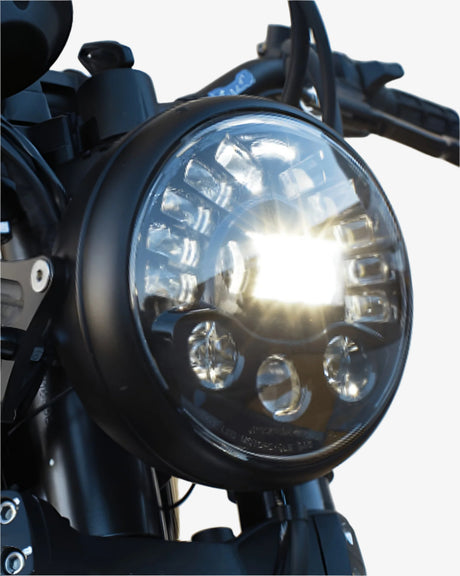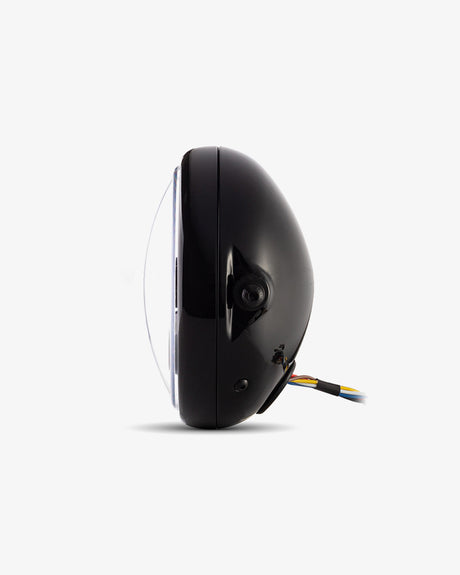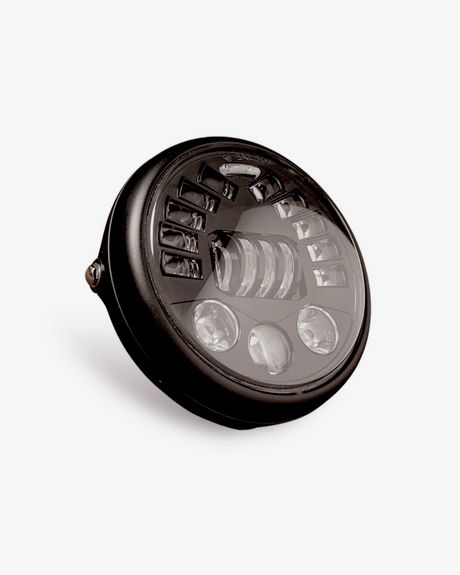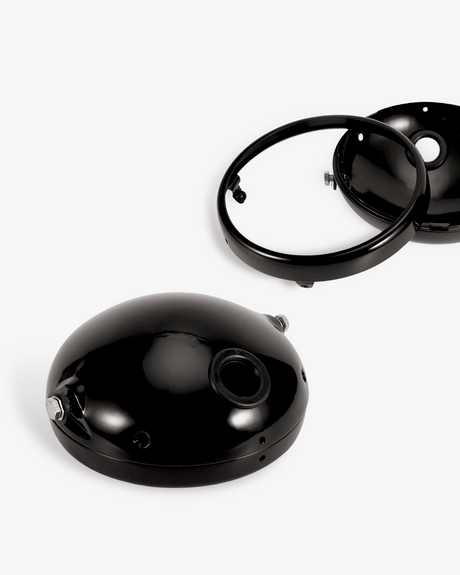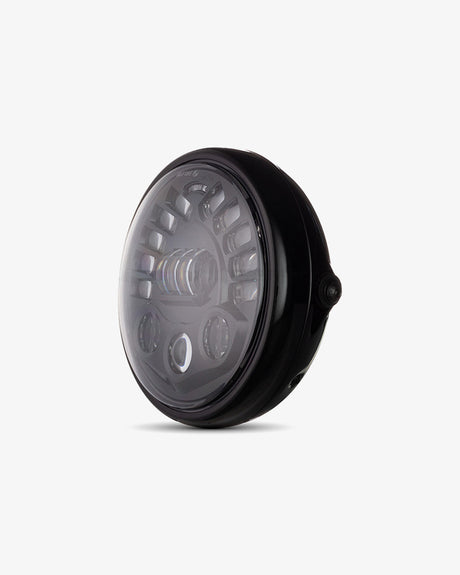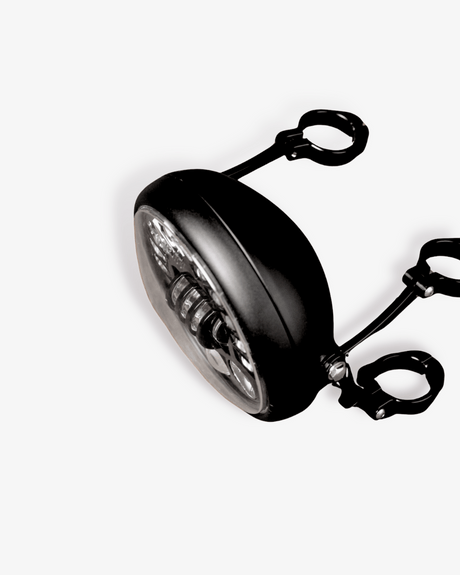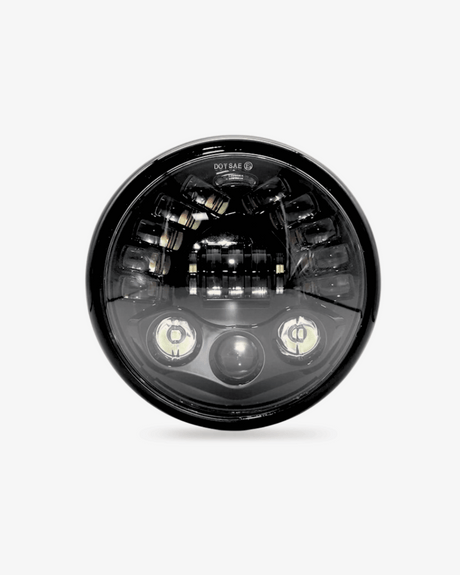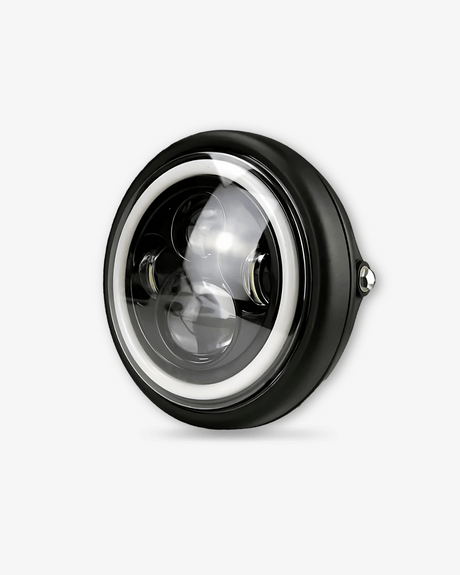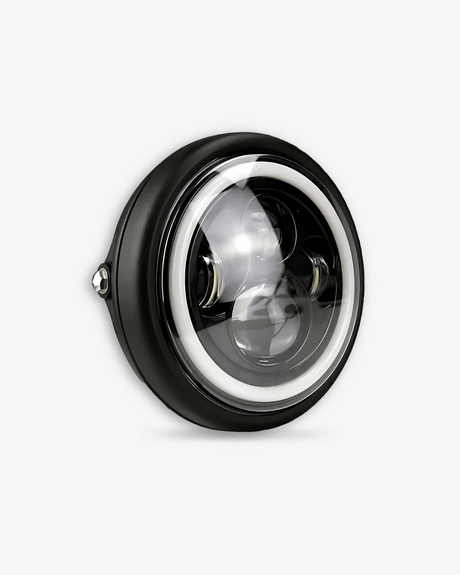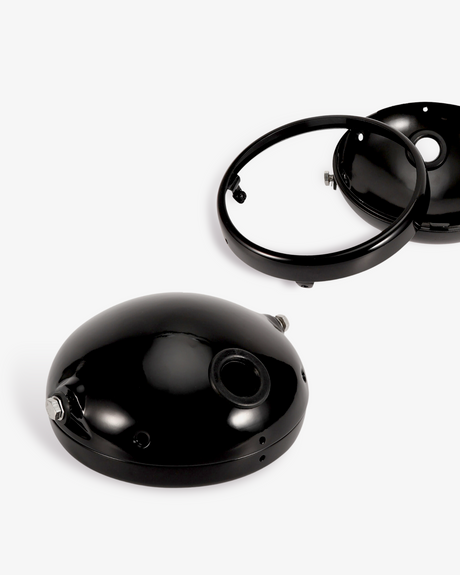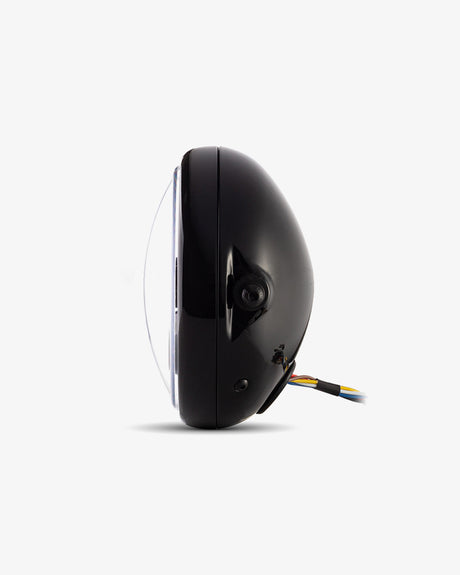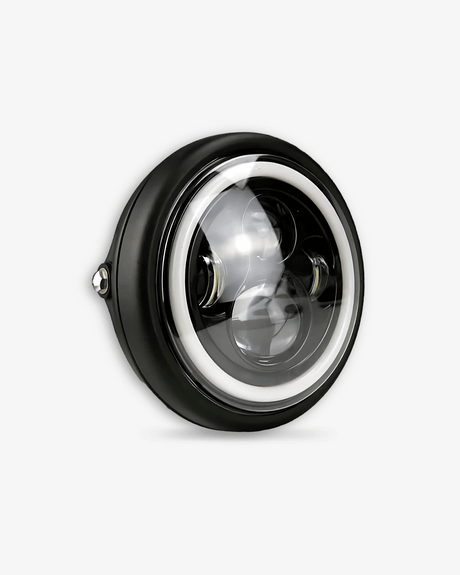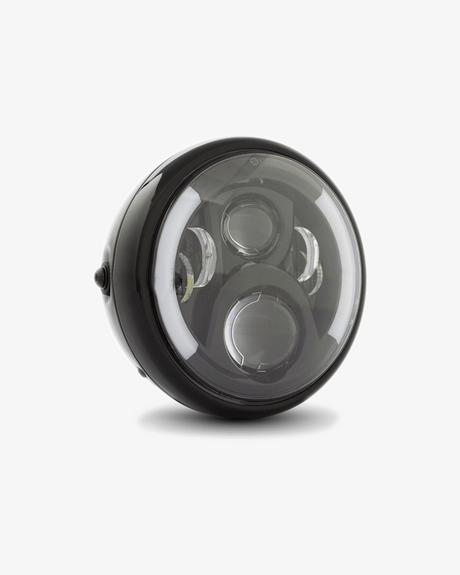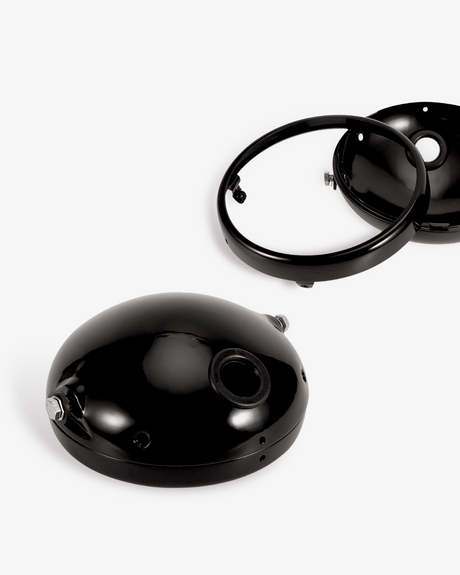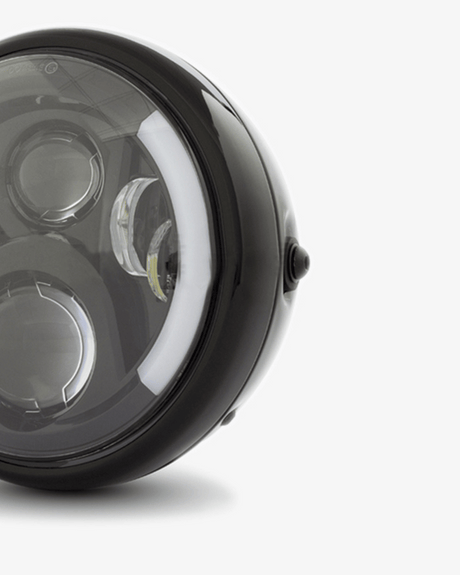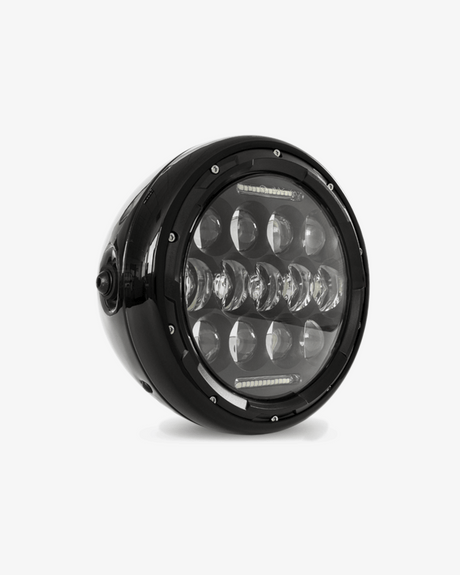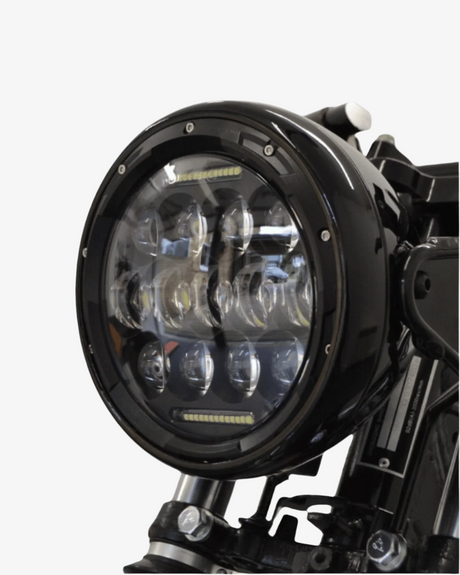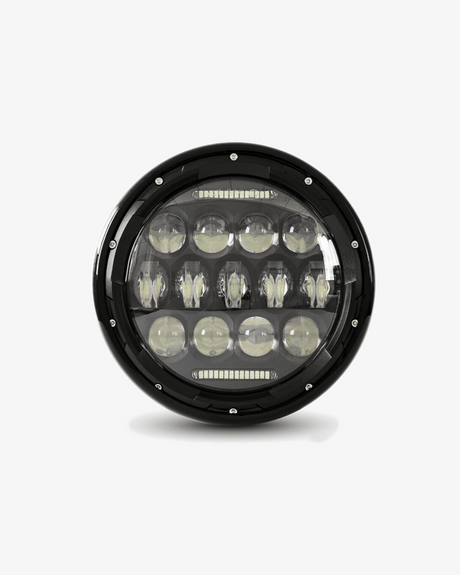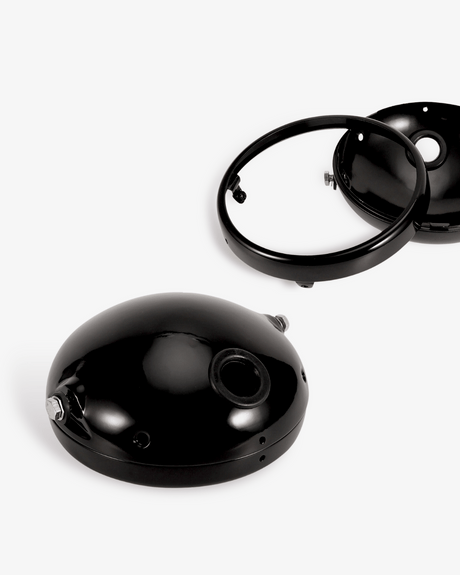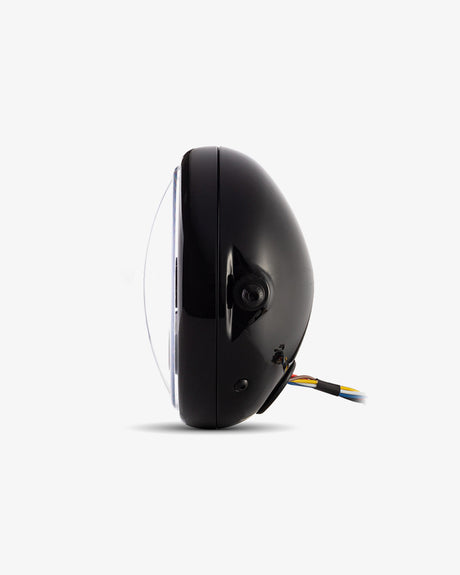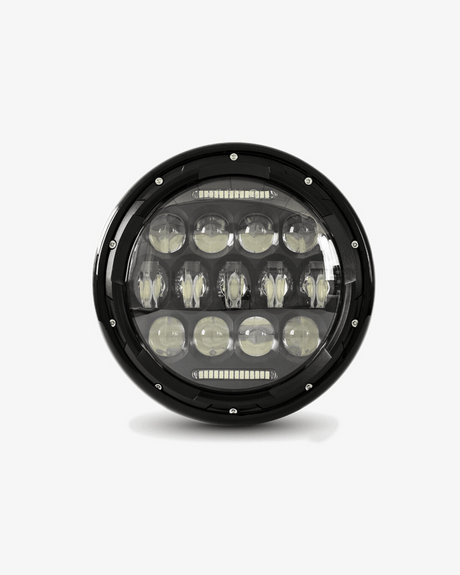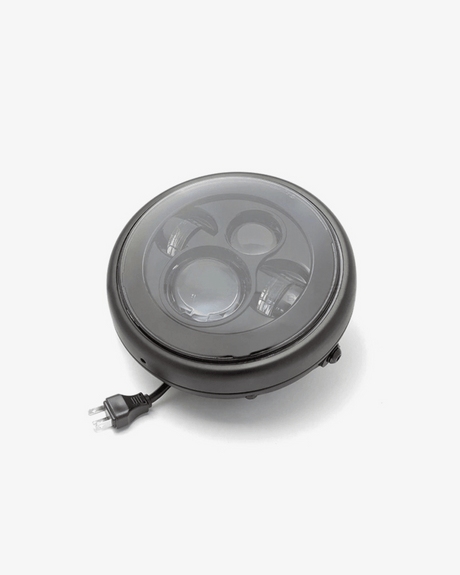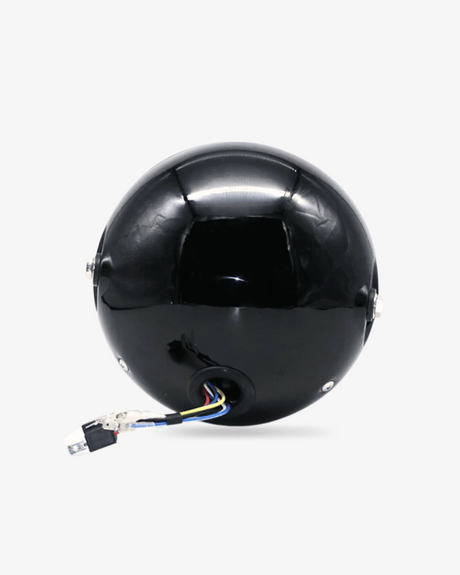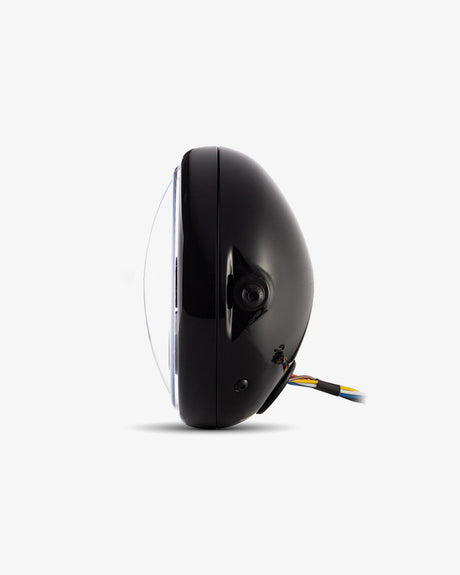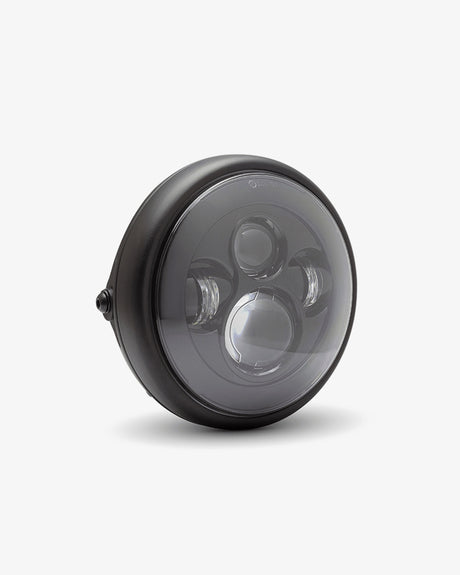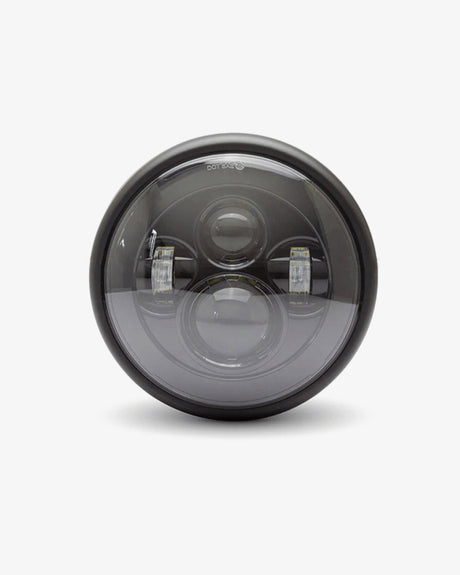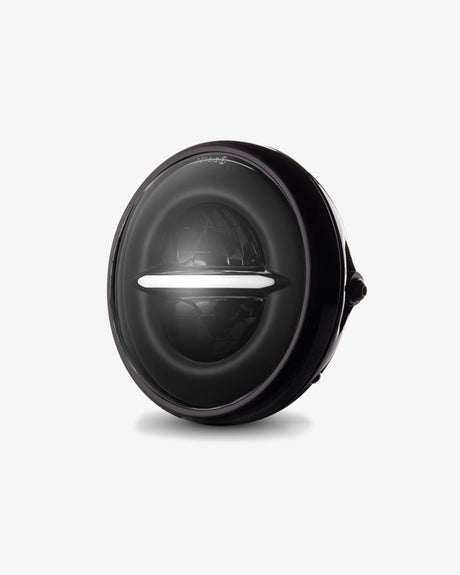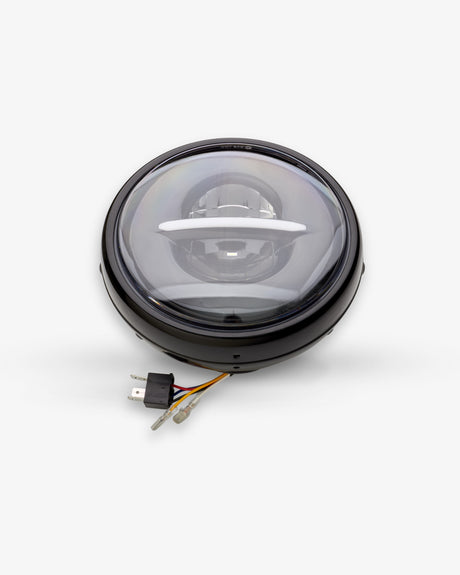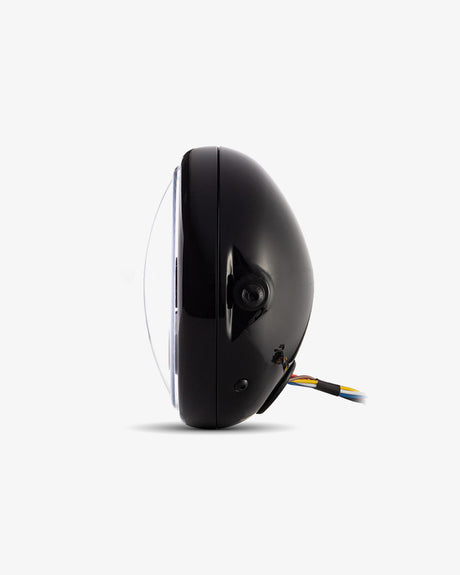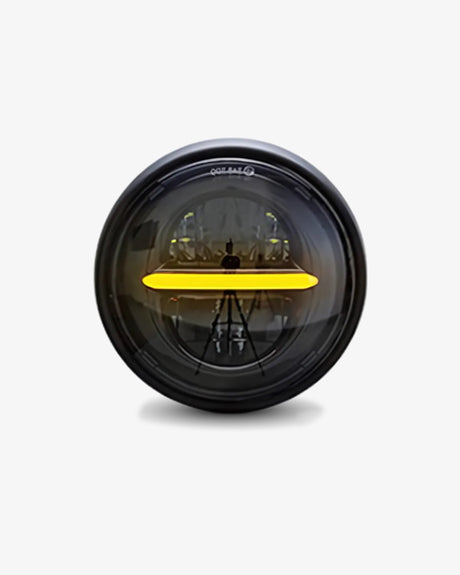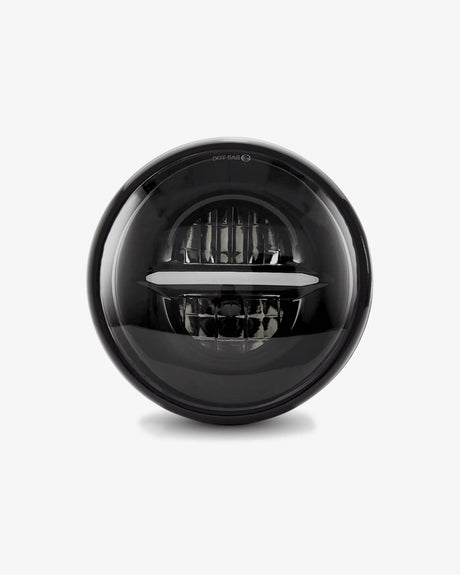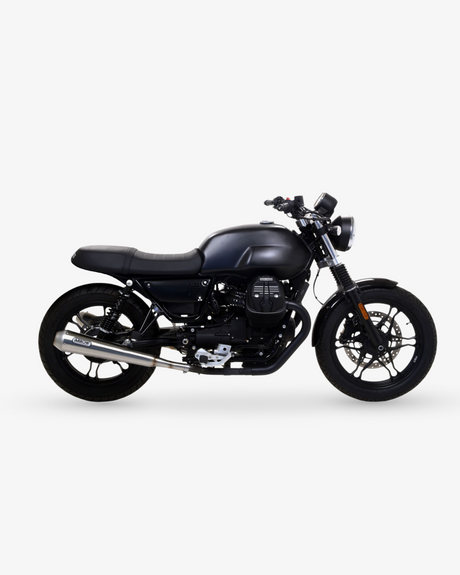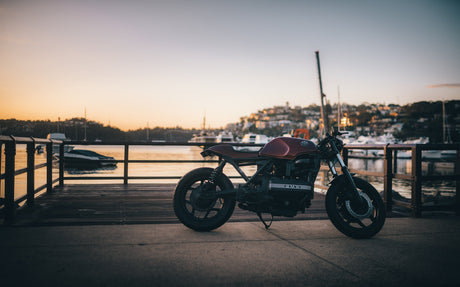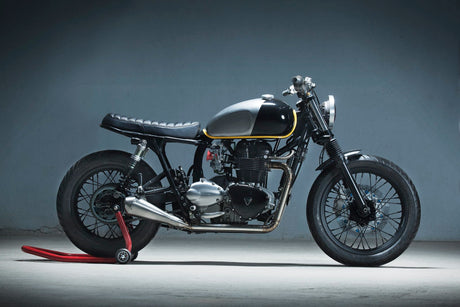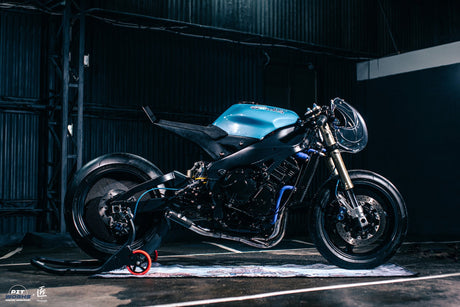With the arrival of stunning new bikes like the Aprilia RS 660 and BMW’s M 1000 RR homologation special already being touted today as potential ‘future classics’, not to mention to upcoming revived Triumph Trident mid-range roadster, it got us thinking about those models which could be investments for the future.
Full disclosure, we’re not talking obvious legends such as Honda’s RC30, which achieved classic status decades ago, or even GP replica two-strokes. The days of picking up an NSR250 or even RGV for a snip have long gone.
But there are still plenty of great, even classic bikes around from that era which can still be had for a song, deliver a brilliant biking experience, are certain to appreciate and, in our view, will soon – if they’re not already – be considered as ‘classics’. With modern advances making cushioning the issues of poor reliability and lack of parts back in the day, there are some choice models which could prove a wise, discerning choice.
They’re subjective, of course, but here are our current Top 8 contenders from that era, in chronological order – and why they’ll be considered classics in the future…

1985-1988 Suzuki GSX-R750/1100 ‘Slabby’
Let’s start with an obvious one – but one that’s still available so cheaply it warrants inclusion here. We all know the 1985 GSX-R750F story by now: the first ‘racer-replica’ (as inspired by Suzuki’s endurance XR41), ultra light weight, revvy 100bhp power and such a winner straight out of the box it directly influenced every superbike which followed.
An 1100 joined it in ’86 and the GSX-R dynasty was born. That CV makes the ‘Slabby’ a bona fide classic but it’s also a light, invigorating ride today (albeit with an odd, tail-down riding position, weirdly slim proportions and bulbous fairing by modern standards) although its brakes and suspension will seem crude.
Back in the ‘80s most were raced or thrashed and crashed (leading to the creation of the bug-eyed, MX-barred ‘streetfighter’) so good originals are rare. A mint, UK, blue/white (preferred to the red/black alternative) first year model is the most desirable, and can be expected to go for over $10k.
But an import (three dials not two), second year or slightly rougher example can still be found for not much over $6k while the 1100 version, which is a better, meatier street machine, is less valued with good ones for around $7k. Looked after, they’ll only appreciate in value.

1988-1989 Honda XRV650 Africa Twin
Here’s one not a lot of people know about – but they should. While Honda’s latest 1000/1100 Africa Twin has breathed new life into one of the great adventure bike monikers and the old 750 (1990-2003) continues to be valued for its versatility and style with good condition later models easily fetching over $9k, the original 650 is, in our view, the most collectable and ‘classic’ of all.
Less well known largely because it was never officially imported into the UK, the original 650 was conceived as a road-going replica of Honda’s then all-dominant NXR750 Paris-Dakar winner, aimed primarily at Italy and France and built, based around a reworked Transalp engine, by no less than HRC. So yes, in many ways, it’s the adventure bike equivalent of the RC30.
That class shows, too, with exquisite detailing, Dzus fasteners, alloy everything, dual texture seat and more. The 750 that followed and which did come to the UK may have looked similar (although most of the bodywork is different) and have 5bhp extra but, built as a standard production bike rather than by HRC, was nowhere near as classy, heavier and not as good off-road.

1991-1998 Ducati 750/900SS
Everyone goes on about the game-changing 916 and how it was the 1993 Monster that actually saved the Italian company but there’s another Ducati from that era which largely gets overlooked.
The Supersport of the early-mid-1990s is, pretty much, the definitive, ‘old school’ Ducati, delivering a classic, air-cooled, ‘L-twin’ vibe in a fine-handling street sportster chassis all dressed in handsome, timeless bodywork, but, being overshadowed by those two bikes, is largely ignored and undervalued.
The first incarnations arrived in 900 and half-faired 750 form in 1989. But in 1991 it got a subtle styling tweak, was significantly improved with Showa suspension and Mikuni carbs and, with 85bhp and bags of characterful grunt delivered the definitive Ducati street experience – plus there was a single-disc braked, half-faired 750 for those on a tighter budget.
Sure it was no Japanese superbike beater but the ‘SS’ delivered an evocative, enjoyable and affordable street experience. In 1998 it was replaced with a fuel-injected version restyled by Pierre Terblanche, a bike which, although dynamically superior is also so ugly it’s a machine only its mother could love.
The earlier SS though, remains undervalued and is classic, ‘analogue’ Ducati. A good, later 900 can still be had for around $12k

1990-1999 Kawasaki Zephyr 750/1100
It’s ironic to recognise that, in these days of retro roadsters being everywhere, whether they be Bonnevilles or Scramblers, RnineTs or Royal Enfields, one of the best – and certainly most authentic – is also one of the most overlooked – Kawasaki’s original, ‘retro-before-its-time’ Zephyr.
Launched way back in 1990 the original Zephyrs, the 550 and 750, were based around original 1970s air-cooled four-cylinder engines and twin loop chassis but updated with more modern suspension, brakes, wheels and given a refresh with new styling, clocks and switchgear.
Back then no-one really knew what a ‘retro’ was and they were largely dismissed as old-fashioned budget bikes. From today’s perspective, however, the full-size, 71bhp, ultra-authentic 750 was actually OK (we’ll ignore the too-small, short-lived 550) and the 1100 which followed in 1992, was a proper retro beast, especially when it later gained even more authentic badging, paint jobs and even wire wheels.
Most of this, today, has been forgotten, although good 1100s are increasingly prized. A decent 750, though, can still sometimes be found for under $7k and makes even an Enfield look expensive.

1995-2004 Triumph Thunderbird 900
Another retro with more than a hint of irony about it. When Triumph was relaunched at Hinckley by John Bloor in 1991 its early bikes, the Daytona, Trophy and Trident, used a modular approach to deliver 750/900/1000 & 1200cc variants and emphasised modern engineering and reliability to the point of shying away from heritage.
That, considering Triumph’s line-up is now dominated by modern classics, seems, with hindsight, something of a missed opportunity. That began to change with the semi-retro Speed Triple in 2004 then, for the following year, came its first true ‘retro’ – the Thunderbird 900. The T-bird was conceived to spearhead Triumph’s entry into the US market and based on Trident 900 mechanicals and Hinckley certainly didn’t cut any corners.
The 900 triple was restyled and retuned for extra torque, the chassis boasted quality alloy Akront wire wheels, the styling was convincing and paint, chrome and general quality was first rate. It handled well, too. Later versions cut costs (steel rims, less chrome etc), a Sport variant handled well but lost its looks and early versions had some carb problems.
But, despite the arrival of the first Bonneville in 2000, the larger, punchier and arguably better quality T-bird, has retained a strong, loyal following ever since.

1998-2000 Yamaha YZF-R1
Marking a new era of revolutionary, ballistic Japanese superbikes, is now considered a ‘future classic’ in its own right. In truth, the ‘first gen’ R1 of 1998 has been considered something of a classic for some time. With 150bhp and just 177kg it, as has often been written, rewrote the superbike rulebook and largely confined 750 superbikes to history while its successors have been the class benchmark pretty much ever since.
First editions of success stories always become classic in time and the first R1s are now prized, not least because they still ride as well as ever and deliver a thrilling, pre-digital experience few others can match. That said, although prices are on the rise, especially for mint, standard, white/red examples.

1999-2003 Moto Guzzi V11
Another bike – or family of bikes – that has cruelly ‘slipped under the radar’, the semi-retro-styled V11 was basically the biggest fruit of Aprilia’s short-lived ownership of Moto Guzzi between 2000 and 2004 (yes, we know the first V11 came out in 1999 but bear with…). But while the first Café Sport was a good-looking, semi-retro roadster/café racer using Guzzi’s big 1100cc, 91bhp transverse V-twin, it was also crude, poorly finished and had some reliability concerns.
Enter Aprilia, who promptly injected a wealth of extra quality and refinement, span off a whole family of V11 variants, many sprinkled with top notch cycle parts and components from the likes of Ohlins. It couldn't save the brand though in its then-guise, with Aprilia, together with Moto Guzzi, taken over by Piaggio in 2004.
Today, however, those V11s are worth a closer look. Models like the Coppa Italia and Nero Corsa boast top spec Ohlins, Brembos, carbon and fabulous finishes and detailing. Even base versions have quality Marzocchis and more. There are roadster and half-faired versions and all are as evocative, classy and good looking as big Guzzis get. Yes, ultimately they’re still heavy and rustic but most are also cruelly undervalued.

1999-2003 Aprilia RSV Mille
Another bike that makes you feel sympathy for the whole Aprilia experience of the early Noughties. The Italian firm’s all-new, Ducati 996-rivalling superbike wasn’t a bad machine – far from it.
Its Rotax 60-degree V-twin, with 128bhp, was more powerful; it polished aluminium twin beam frame was classy and fine-handling and, with roomy, ‘real-world’ proportions it was also more usable for most. Trouble was, the RSV was also expensive, failed (just) to usurp Ducati in WSB and wasn’t much of a looker.
It did improve. Styling was tweaked subtly in 2001 and high spec R and Factory versions were added, although none improved Aprilia’s fortunes enough to stave off financial collapse.
As a result, those early RSVs, though good, became used bargains. ‘Gen 1’ Milles can still be had for as little as $5k, compared to a comparable Ducati is an absolute steal. Italian exotica doesn’t get any cheaper – and they’re well built and reliable, too.
If that isn’t a sure-fire ‘future classic’ we don’t know what is.

